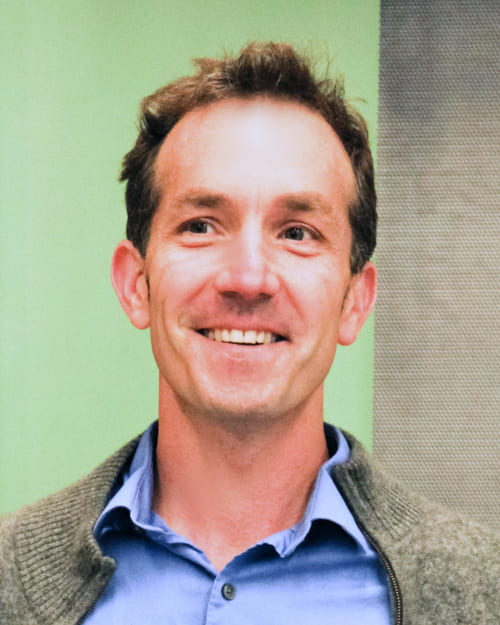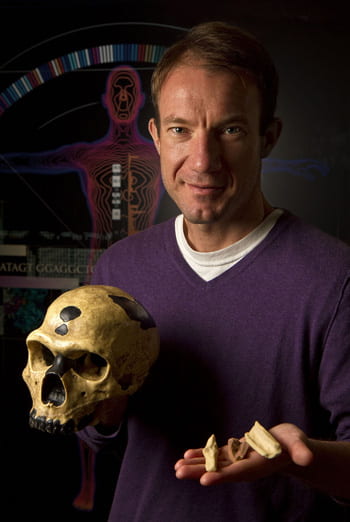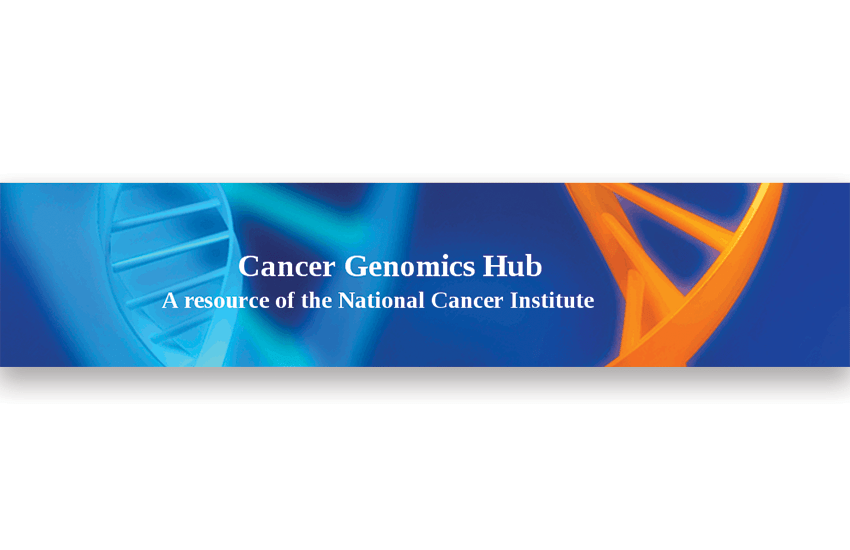Genomics Institute History & Milestones
UCSC’s history in genomics goes back to 1985 when UCSC scientists met with a group of international visionaries at a conference hosted by Chancellor Sinsheimer, a meeting that triggered the inception of the Human Genome Project. Fifteen years later, UCSC scientists helped the Human Genome Project reach a stunning milestone by providing the computational solution that produced the first assembly of the human genome, the map of our genetic make-up.
The Genomics Institute provides the organizing framework, focus, and leadership for the next great leap in the science of genomics and its implications for human health and species conservation. In 2014, we established the UC Santa Cruz Genomics Institute. In 2019, we became an Organized Research Unit of the University of California system, and in 2020, we moved to the Westside Research Park.

1985
May 24-26 The first serious discussion of the possibility of sequencing the human genome was convened in 1985 by Robert Sinsheimer, then chancellor of the University of California at Santa Cruz. Many thought the idea was crazy or, at best, premature.” And so it proceeded, according to National Institutes of Health Director Francis Collins and co-authors, who present experiences in organizing and managing this complicated, publicly funded, international effort in “The Human Genome Project: Lessons from Large-Scale Biology.” According to Collins et al, “We believe that many of the lessons we learned [during The Human Genome Project] will be applicable to future large-scale projects in biology.
Read Dr. Sinsheimer’s account of the Santa Cruz Workshop and hear Dr. Harry Noller speak about the episode, as told to the UCSC Institute of the Arts and Sciences (IAS)’s Collective Museum.
Read Michael S. Waterman’s account and Robert M. Cook-Deegan’s The Gene Wars and The Human Genome Project to learn more about the first serious discussion of sequencing the entire human genome, which took place at this influential May 1985 meeting at University of California Santa Cruz.

1989
June David Deamer conceives nanopore DNA sequencing.
Read about nanopore sequencing and UCSC’s contribution to the development of this technology here.

1990
October International Human Genome Project launches with the goal of reaching a significant milestone: a complete human genome sequence by 2005.
Pictured: The first printout of the human genome to be presented as a series of books, displayed at the Wellcome Collection, London (Wikipedia)
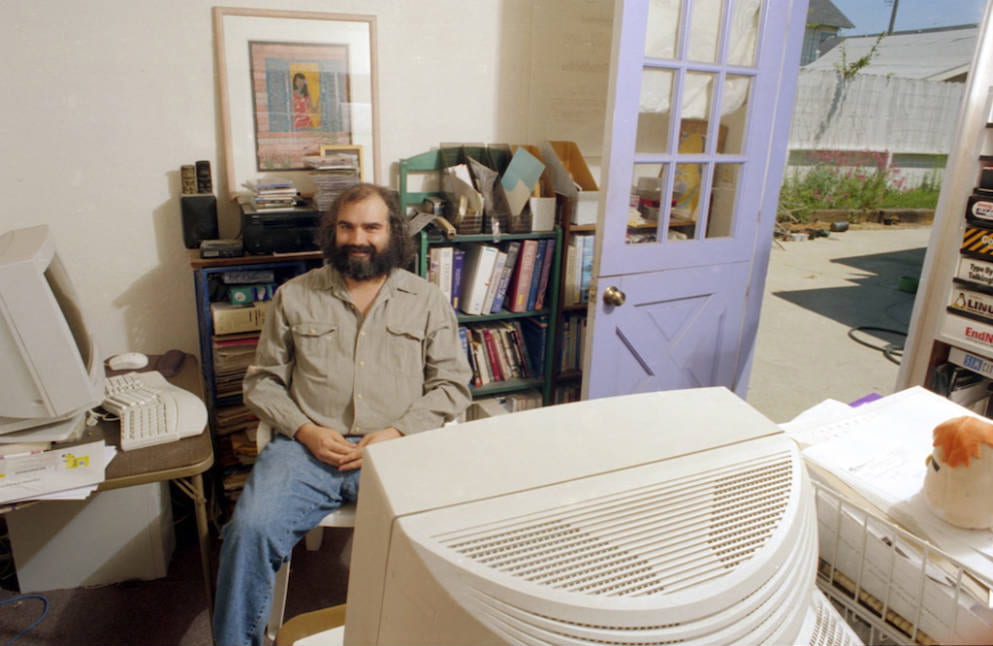
2000
June 22 Jim Kent assembles the human genome sequence using his 10,000-line computer program.

July 7 The UCSC genome bioinformatics group makes history by releasing the first working draft of the human genome sequence on the web. Scientists download half a trillion bytes of information from the UCSC genome server in the first 24 hours.

September Launch of the UC Santa Cruz Genome Browser.
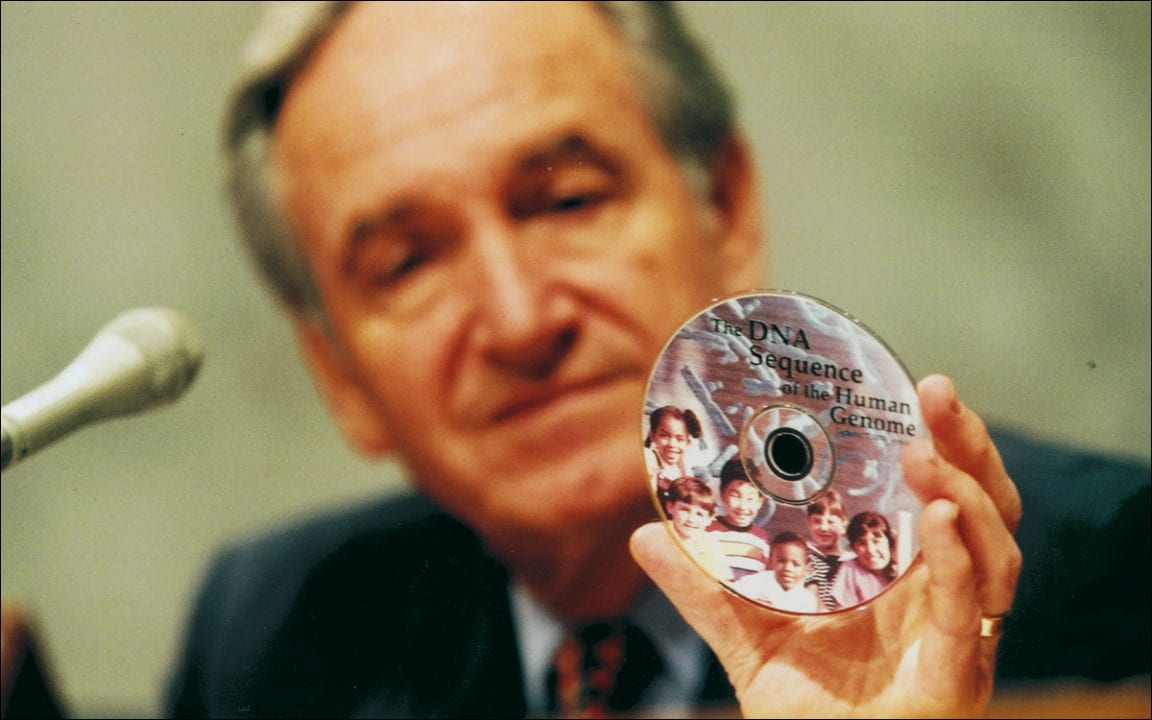
2001
January Copy of first draft of the human genome sequence presented to President Clinton and deposited in the Smithsonian.

February Publication of the human genome sequence in Nature.
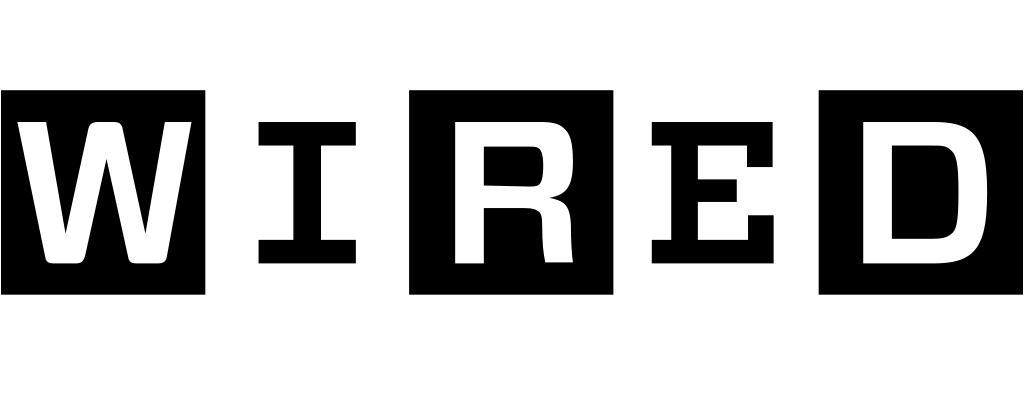
June 19 Genome scientists gathered at Beyond Genome 2001 in San Francisco hear David Haussler’s brief history of the human genome. Wired reports that “Thanks to Jim Kent, a UC-Santa Cruz student now hailed as a genome hero, a partial assembly was completed with no time to spare…” However, “the assembly phase is still not finished and it seems to be a more difficult task than expected.” In light of the difficulty, researchers met last week “to discuss this problematic phase and compare each of their efforts.”

August 25 The Human Genome Symposium is convened at UC Santa Cruz to discuss the world-changing impact of sequencing the human genome and practical, ethical, legal and privacy issues in a post-genomic world.
The Symposium included a scientific workshop and a public forum. Panelists at the forum were Francis Collins, director of the National Human Genome Research Institute; Robert Sinsheimer, chancellor emeritus and professor emeritus of biology, UC Santa Cruz; Gene Myers, vice-president of informatics research, Celera Genomics; and Mary-Claire King, professor of Medicine and Genetics, University of Washington. The moderator was Richard Harris, science reporter for National Public Radio and an alumnus of UCSC. The video and panel discussion recordings are available online.
As seen in University of California Santa Cruz Foundation Annual Report 2000–01, in a photo taken at or near the time of the August 25 The Human Genome Symposium is convened at UC Santa Cruz) | Left to right: Arthur Graham, UC Santa Cruz Foundation Trustee; Robert Sinsheimer, Chancellor Emeritus, UCSC; M.R.C. Greenwood, Chancellor, UCSC; David Haussler, professor of computer science and bioinformatics, UCSC; and UCSC graduate student Jim Kent

December 15 On the final round of Jeopardy that aired December 15th, 2000 under the category “Science News,” the answer was “Made available for download by scientists at the University of California at Santa Cruz, the 739MB file of this project consists of A’s, T’s, G’s and C’s.” All three contestants, including a cooking instructor from Chicago and a school teacher from Mississippi, knew the question was “What is the Human Genome Project?”
2003
UCSC Genome Bioinformatics Group With the human genome sequence available, comparable genome browser projects spring up, most notably those at the National Center for Biotechnology Information (NCBI), and at the European Bioinformatics Institute (EBI), leading to friendly competition that sharpens efforts on all sides. In addition to the human genome browser, the UCSC group and collaborators develop browsers for other species, allowing comparative genomics studies — comparative study that elucidates our own origins.

2004
May Genomics Institute publishes findings about ultra-conserved elements in the human genome that have remained unchanged through long periods of evolutionary history—one of Science magazine’s breakthroughs of the year.

2009
March UCSC Cancer Genomics Browser makes its historic debut, built on the UCSC Genomics Browser platform and capable of visualizing data from cancer clinical trials.
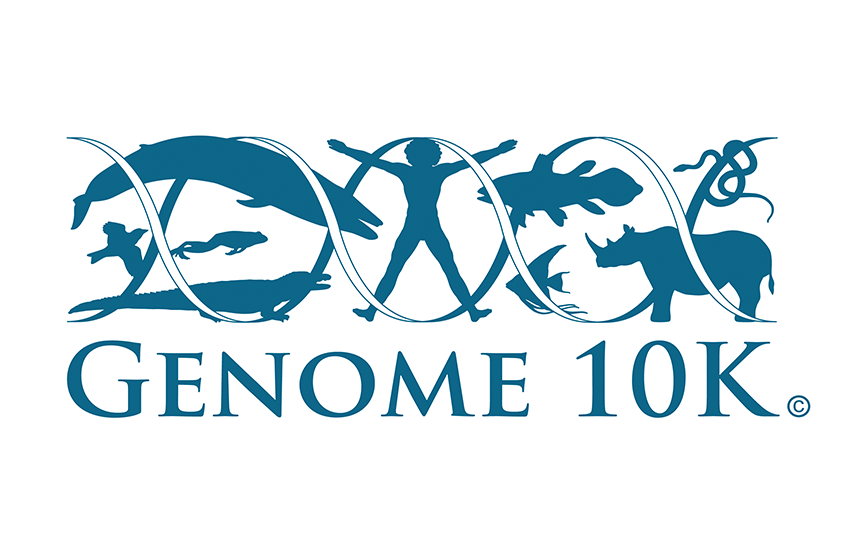
April An international team of collaborators, including David Haussler, launch the Genome 10K project to reach the milestone of sequencing the genomes of 10,000 vertebrate species. The initiative is funded in part by the first-ever grant from the UC Santa Cruz Foundation Board Opportunity Fund (BOF).
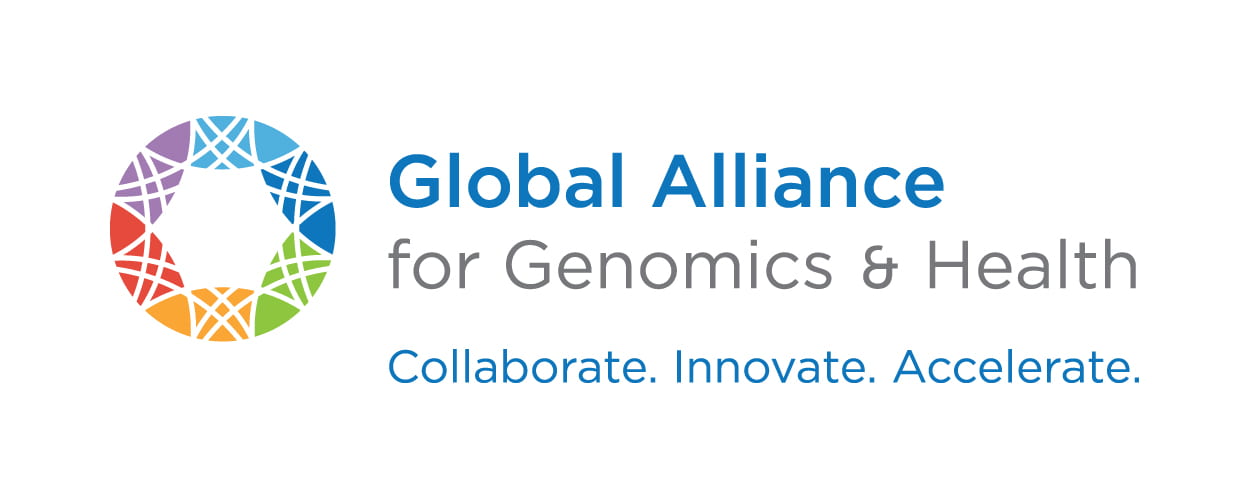
2013
January Global Alliance for Genomics & Health is established to unite research, health care and disease advocacy organizations in standardizing and enabling secure sharing of genomic and clinical data.
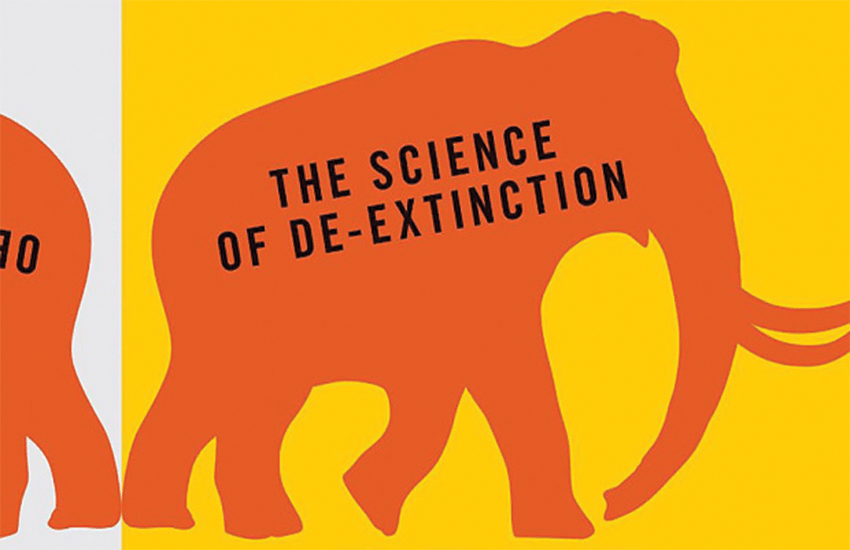
2015
April Beth Shapiro publishes How to Clone a Mammoth: The Science of De-Extinction; CALeDNA project launched.
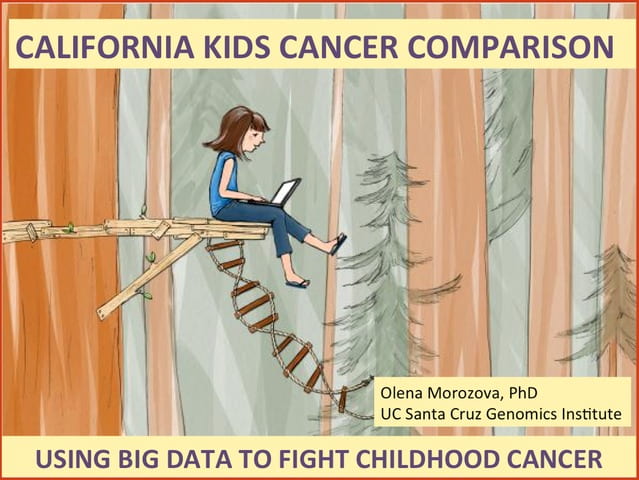
August California Initiative to Advance Precision Medicine provides $1.2 million in funding to Genomics Institute’s California Kids Cancer Comparison project
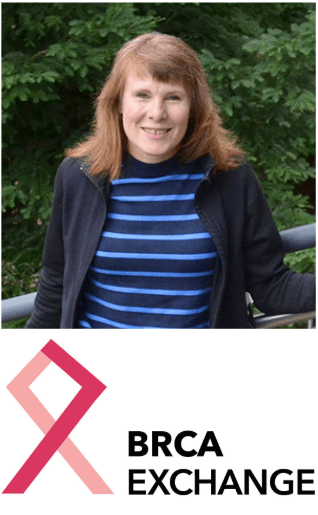
2016
April 4 BRCA Exchange opens with Internet access to genetic variants in most important breast cancer gene. Melissa Cline is the program manager.
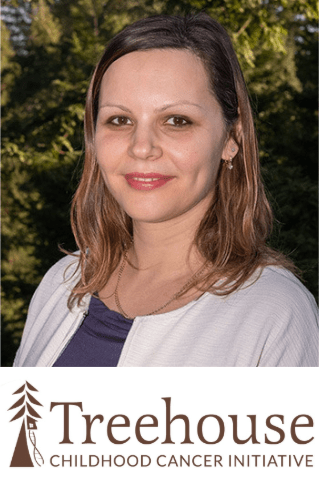
July St. Baldrick’s Foundation funds Olena Vaske’s Treehouse Childhood Cancer Initiative with $2.5 million grant.
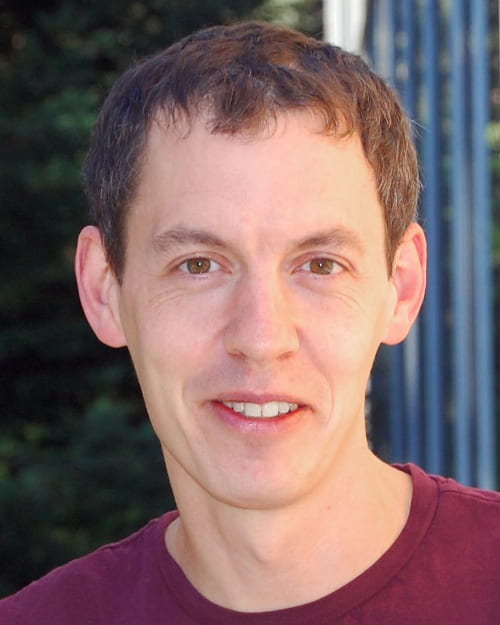
2017
July Chan-Zuckerberg Initiative funds Benedict Paten and Jim Kent to build data platform for Human Cell Atlas.
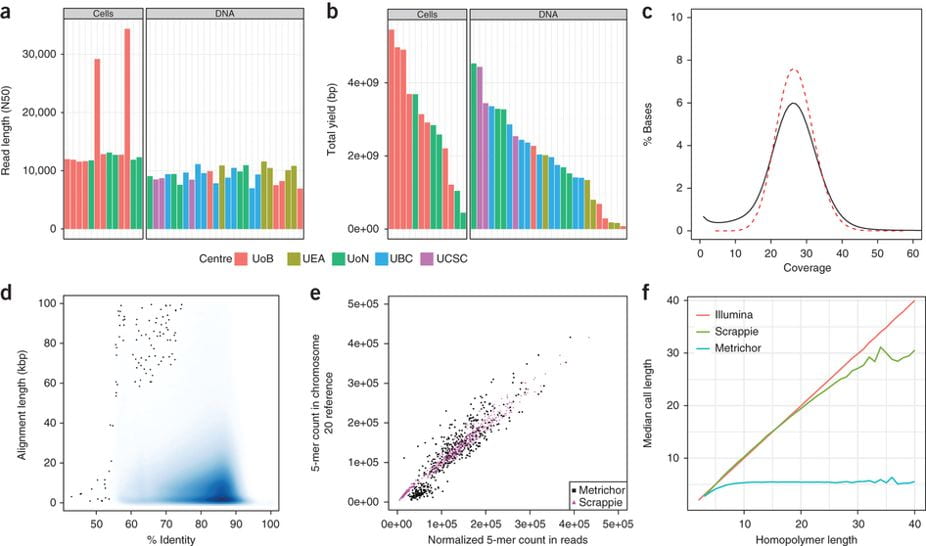
2018
January Nature publishes first human genome sequenced with nanopore technology.
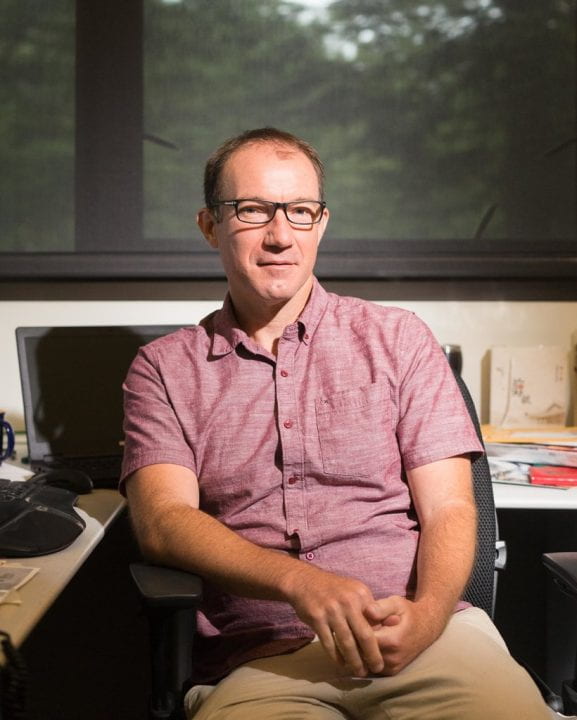
April Ed Green’s DNA forensic analysis helps crack cold cases.

November Schmidt Family Foundation funds Braingeneers project at UCSC/UCSF.

2019
September Launch of the Human Pangenome Project led by UC Santa Cruz.

2020
July First complete assembly of human X chromosome
The publication of the telomere-to-telomere assembly of a complete human X chromosome July 14 in Nature is a landmark achievement. Lead author Karen Miga of the UC Santa Cruz Genomics Institute said the project was made possible by new sequencing technologies that enable “ultra-long reads,” such as the nanopore sequencing technology pioneered at UC Santa Cruz.
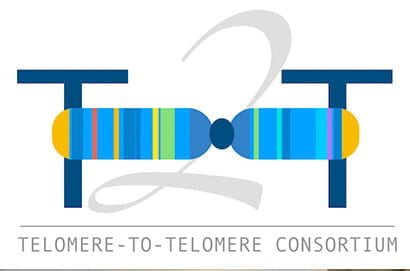
2022
March The Telomere-to-Telomere Consortium, co-led by UCSC’s Karen Miga, completes the first gapless sequence of a human genome to reveal previously hidden regions
Read about how parts of the human genome now available to study for the first time, here.
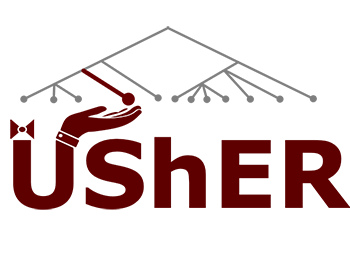
April Genomics Institute tool becomes primary method to identify lineages of COVID-19 worldwide
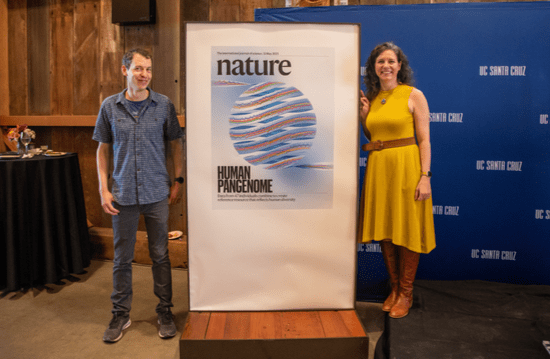
2023
May Researchers make history with release of first human pangenome. The Human Pangenenome Reference Consortium, co-led by UCSC Genomics researchers Karen Miga and Benedict Paten, released the first draft of a new, more diverse and complete human genome reference.
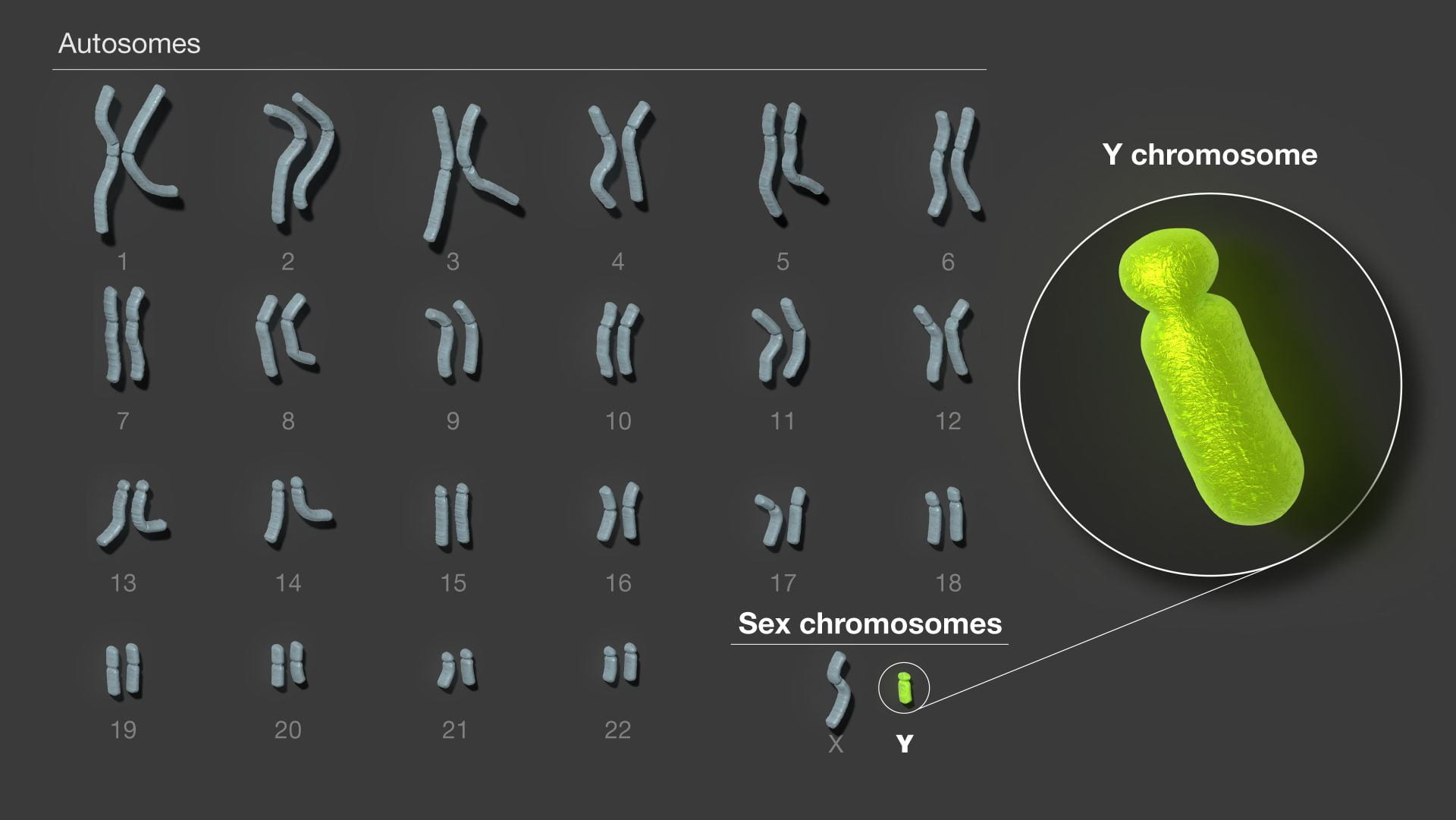
August The Telomere to Telomere Consortium completes sequencing a human Y chromosome, the only human chromosome left incomplete by previous efforts.
